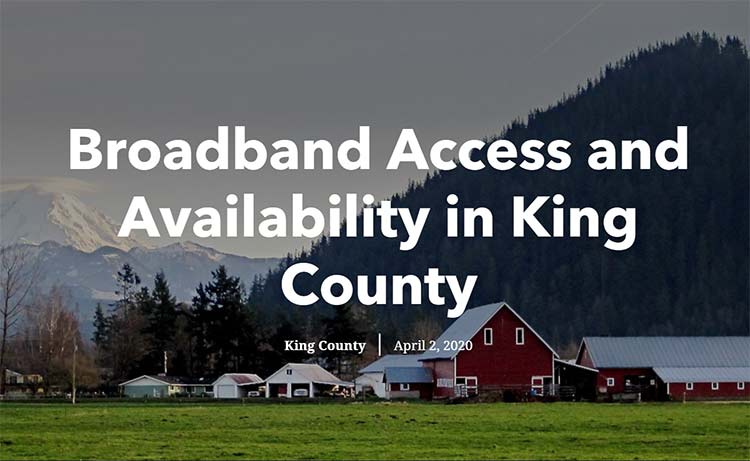Broadband Internet Access
King County recognizes that high-speed broadband internet is an essential utility. Our goal is to expand broadband infrastructure and improve internet affordability for all King County residents. Work with KCIT’s experts to improve your access to broadband internet.

Internet rates and services
Comcast Customer Homepage | Español
Comcast 2024 Services & Rates
Learn how to connect to free Xfinity wifi hotspots
Xfinity wifi hotspot access on mobile devices
900 132nd Street SW Everett, WA 98204
Customer Service 1-877-824-2288 or 1-888-COMCAST (1-888-266-2278)
Astound (Wave) Broadband Customer Homepage
Astound (Wave) 2024 Services & Rates
Learn if you qualify for affordable internet service by enrolling in the ACP
3700 Monte Villa Parkway
Suite #110
Bothell, WA 98021
Are you a T-Mobile customer seeking financial assistance? Check out T-Mobile's Federal Connectivity Program.
Are you a Verizon customer? Check out these tools and resources:

 Translate
Translate